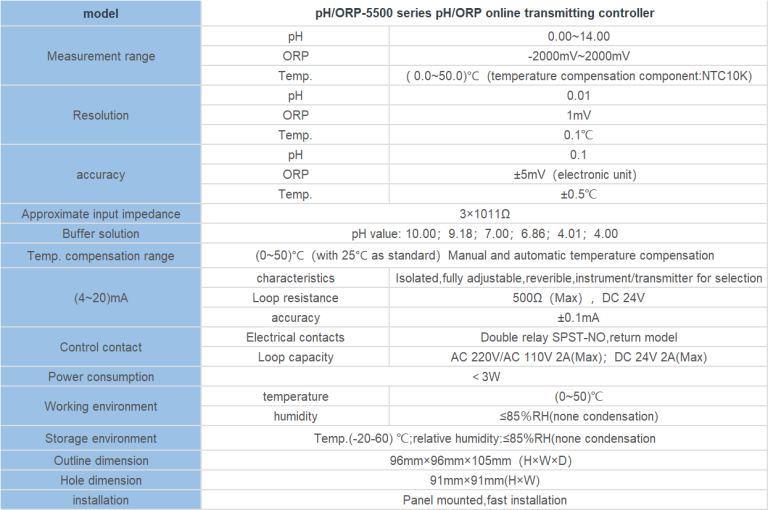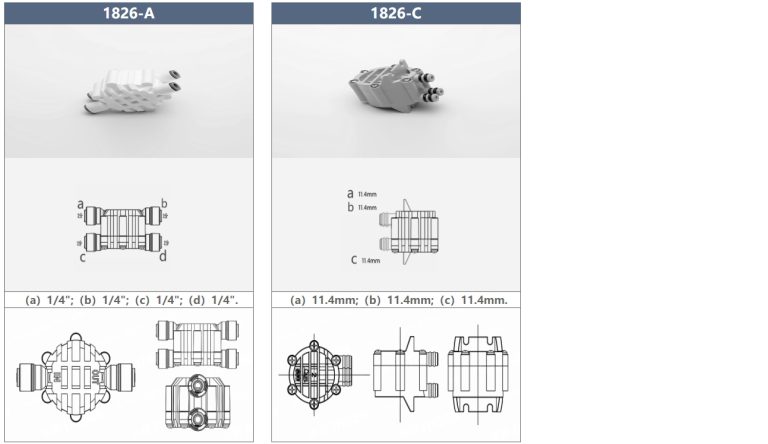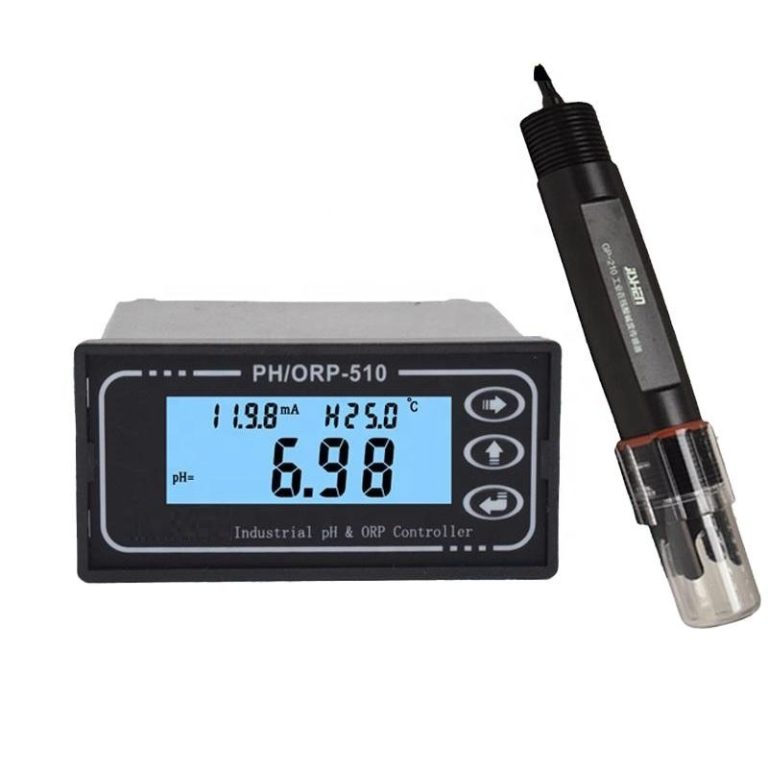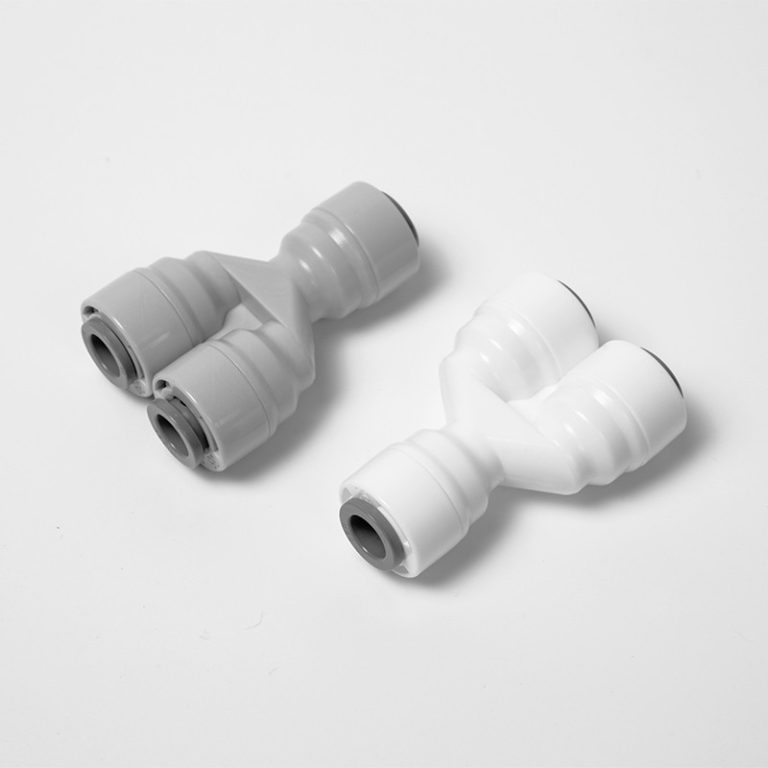“Ensuring purity, one drop at a time – water quality meter“
Understanding the Importance of Water Quality Meters
Water is an essential resource for all living organisms. It is crucial for our survival and plays a vital role in maintaining the balance of ecosystems. However, not all water is safe for consumption or suitable for various purposes. Water quality refers to the chemical, physical, and biological characteristics of water that determine its suitability for specific uses. To assess water quality accurately, scientists and researchers rely on water quality meters.
A water quality meter is a device used to measure various parameters that determine the quality of water. These parameters include temperature, pH level, dissolved oxygen, conductivity, turbidity, and many others. By measuring these parameters, water quality meters provide valuable information about the health and safety of water sources.
One of the most critical parameters measured by water quality meters is temperature. Temperature affects the solubility of gases, the growth of aquatic organisms, and the overall chemical reactions that occur in water. By monitoring temperature, scientists can identify potential issues such as thermal pollution or changes in aquatic habitats.

Another crucial parameter measured by water quality meters is pH level. pH is a measure of the acidity or alkalinity of water. Different organisms have different pH requirements, and extreme pH levels can be harmful to aquatic life. By monitoring pH, scientists can identify water bodies that are too acidic or alkaline and take appropriate measures to restore balance.
Dissolved oxygen is another important parameter measured by water quality meters. Aquatic organisms rely on dissolved oxygen for respiration. Insufficient levels of dissolved oxygen can lead to the death of fish and other aquatic organisms. By monitoring dissolved oxygen levels, scientists can identify areas with low oxygen content and implement strategies to improve water quality.
Conductivity is a measure of the ability of water to conduct an electrical current. It is influenced by the presence of dissolved salts, minerals, and other substances in water. High conductivity levels can indicate pollution or the presence of contaminants. By measuring conductivity, scientists can identify areas with high levels of pollution and take appropriate actions to mitigate the problem.
Turbidity is a measure of the clarity or cloudiness of water. It is caused by suspended particles such as sediment, algae, or pollutants. High turbidity levels can interfere with light penetration, affecting the growth of aquatic plants and the overall health of aquatic ecosystems. By monitoring turbidity, scientists can identify areas with poor water quality and implement measures to reduce sedimentation and pollution.
Water quality meters are essential tools for monitoring and managing water resources. They provide valuable data that helps scientists and researchers make informed decisions about water treatment, pollution control, and ecosystem management. By understanding the importance of water quality meters, we can take steps to protect and preserve our water sources.
In conclusion, water quality meters play a crucial role in assessing the health and safety of water sources. By measuring parameters such as temperature, pH level, dissolved oxygen, conductivity, and turbidity, these devices provide valuable information about the quality of water. This information is vital for managing and protecting our water resources, ensuring the well-being of both humans and aquatic ecosystems. By understanding the importance of water quality meters, we can work towards maintaining clean and safe water for future generations.







